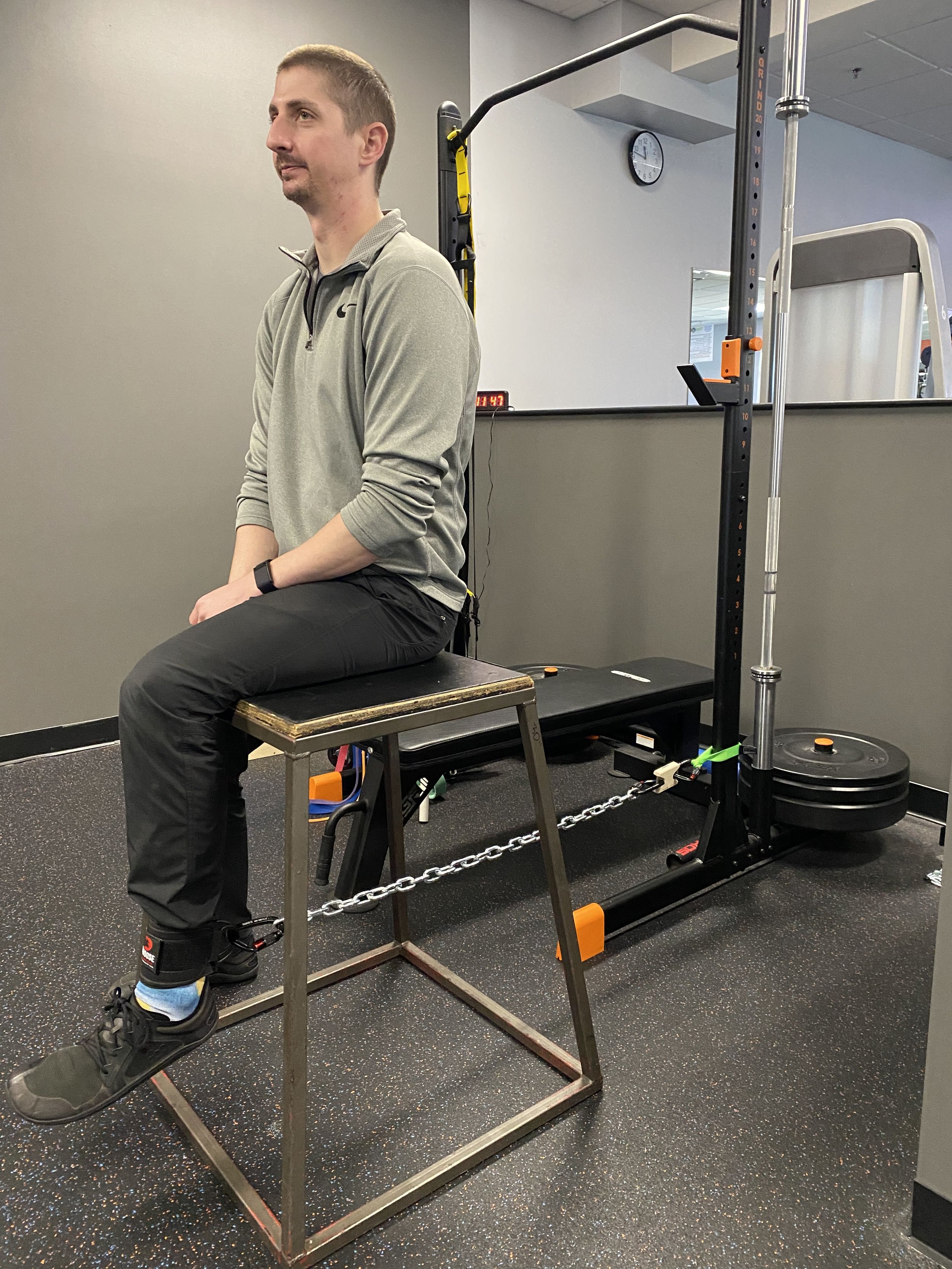5 Things Your ACL Rehab Needs To Include
ACL rehab is a long and complex process. It's important athletes work with someone who has access to the right equipment, space and expertise to assess athletes and move them through the stages of rehab appropriately. Most traditional PT clinics just aren't set up to provide the right environment and challenge that is needed to get athletes back to sports after an ACL injury. In this blog, we'll go over 5 things your ACL rehab needs to include.
Ask these questions of any PT you might be working with. Take the time to reach out to multiple people to make sure they are a good fit. The 5 areas below are a great place to start when asking questions.
Prehab Before ACL Reconstruction
Your ACL rehab journey should start before surgery.
This means prehab, which is just one of the 5 things your ACL rehab needs to include.
There is often an interval of about 2-4 weeks between an ACL injury and surgery. This is because surgeries are more successful when an injured knee has a chance to calm down a bit after injury.
There is a lot to process after an ACL injury, but a good PT will help you understand what is going on and how to make the best decision for you. When we see athletes before ACL surgery, we are working on relieving pain, swelling, improving range of motion and quadriceps strength as well as normalizing gait (walking).
If athletes go into surgery with minimal pain and swelling as well as good range of motion and quadriceps strength, they progress much more quickly after surgery. There is enough to process after surgery, don't make it worse by waiting until post-op to meet your Physical Therapist and get started.
These early appointments also allow for open communication between athletes, PTs, surgeons and parents to make sure the best choice is made in terms of the kind of surgery an athlete will have (graft choice, etc.).
Here are some examples of basic pre-op exercises we do with our ACL rehab patients:
Heel Slides for ACL Prehab
ACL Prehab for Quad Strength: Straight leg raise
ACL Gait Training: Step through
ACL Rehab Needs To Include a Plan For Progression
A plan for your entire rehab process should be discussed early on.
This might seem daunting and unnecessary at first, but it is important that everyone involved has a general understanding of the phases of ACL rehab and the criteria for progression.
Obviously plans change over time, but your PT should have a clear idea of what rehab will look like from right after surgery all the way through return to sport. You really can't just design ACL rehab programs on the fly and expect things to go well.
Here are just some of the things your PT should have a plan for:
How to regain range of motion and quad strength right after surgery
How to wean you off brace and crutches
How to progress weight bearing exercises
Return to running
When/how to perform strength testing and other tests
Return to jumping and cutting
Return to sport
When choosing your PT, ask them how they handle these phases of rehab. They need to at least have general ideas of how they would work with you.
Here are some examples of exercises we incorporate in mid stage and late stage ACL rehab:
Return to Running Drills After ACL Surgery
Jumping and Landing In ACL Rehab
Strength Testing For ACL Rehab Is Non-Negotiable
Objective strength testing is not optional for ACL rehab. It is absolutely one of the 5 things your ACL rehab needs to include.
At multiple points in your ACL rehabilitation, your PT should be objectively testing your strength. This means they have an accurate protocol for testing you with a force gauge, dynamometer or other device.
Asking you to kick into their hand is NOT an appropriate way to measure strength! Regaining strength is an absolutely imperative part of ACL rehab and PTs need to have specific numbers for force output to know how to design a proper program.
Here is a picture of how we do one of our quadriceps strength tests in clinic with a force gauge:
Regaining quadriceps strength is a huge part of ACL rehab.
Comprehensive Return to Sport Testing for ACL Rehab
Strength testing is important for return to sport, but it isn't enough.
We just covered how important strength testing is, but that is really the bare minimum for return to sport testing. There is a lot of discussion in Physical Therapy about what battery of tests best predicts successful return to sport, but anyone who is paying attention will know that strength testing is just the beginning.
Other ACL return to sport testing should include things like:
Hop testing
Running assessment
Jumping/landing testing
Slow motion video capture to assess mechanics
Ground contact time testing with jumping/landing
Agility/change of direction testing
Conditioning/fitness testing
For example, at Wagner PT & Performance, we have a constantly evolving testing battery that includes strength testing, running assessment, jump testing, ground contact time testing, agility and change of direction testing as well as turf/field sessions to assess fitness and mechanics under fatigue.
Here is an example of slow motion video capture we use to assess ground contact time, jump height and jumping and landing mechanics:
ACL Rehab Needs To Include Access To a Great Training Facility
In order to be successful with all the things we have discussed in this blog, you need the right training facility.
Prehab, strength and other testing as well as progressing through a proper rehab program to prepare you for return to sport requires a facility with strength training equipment and space to work on jumping, landing and agility at a minimum.
No matter how creative a PT is, 10 pound dumbbells and a pulley system just won't be enough at a certain point. ACL rehab needs to be challenging to prepare you to return to sport.
Ideally, athletes would do their entire rehab program in a great facility. At the very least, once athletes are 3-4 months into the process, they need to be sure they are in a well-equipped facility.
We share space with a performance gym. Here are some pictures of our facility to show you what a well-equipped one looks like:
ACL Rehabilitation In Lakeville, MA
As you can see, there is a lot that goes into the ACL rehab process.
From early rehab and communication with your surgeon to full return to sport, ACL rehab is a constantly evolving process. Don't trust your Physical Therapy to someone who only dabbles in working with athletes.
At Wagner PT & Performance, we have the expertise, time and facility to provide an optimal rehab experience. So whether you just had an injury or need more help returning to your sport, CONTACT US today.




